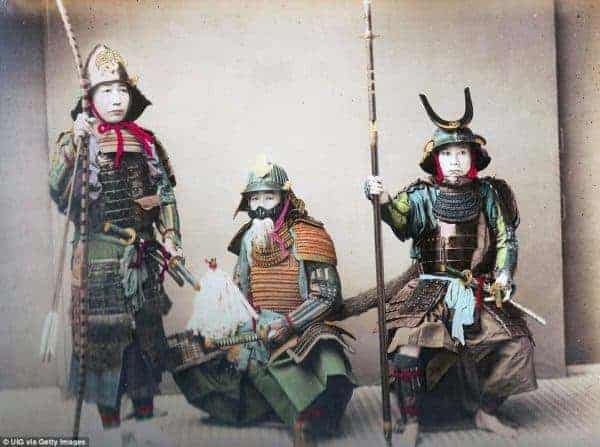The Samurai emerged from provincial warriors to become members of a powerful military caste in feudal Japan. They rose to power around the 12th century and established a military dictatorship that was known as the Shogunate. The Samurai controlled the government and much of Japanese society until the Meiji Restoration in in 1868. The restoration abolished the feudal system, but many samurai took position in the elite ranks of politics and industry. Even today the traditional military code of honor, Bushido, remains a distinct part of a basic code of conduct for Japanese society. Below are 7 of the greatest battles the samurai ever experienced.

Battle of Sekigahara
The Battle of Sekigahara was a decisive battle that established the Tokugawa shogunate. The battle took place on October 21, 1600 and over the next three years Tokugawa Ieyasu consolidated his position. Many consider the end of the Battle of Sekigahara as the unofficial start of the Tokugawa bakufu. The Tokugawa shogunate was the last shogunate to control Japan lasting until the Meiji Restoration in 1868.
The battle was between Tokugawa Ieyasu and Ishida Mitsunari, who were both vying to become the next shogunate after the death of Toyotomi Hideyoshi. Ishida had brought numerous allies to his side by claiming to support the interests of Hideyoshi’s infant son, Hideyori. He had an army of 80,000 warriors (though some put the number as high as 120,000) including some of the most famous in Japan. Ieyasu was the most powerful individual land-owner in Japan and had a long military career behind him. His army stood at 74,000 which was less than that of Ishida but Ishida’s skills were more in the realm of politics than military.
The two sides, after some political maneuvering and attempts to catch the other off guard, came to a head at Sekigahara. Ishida hoped to defend the pass at Sekigahara in order to stop Ieyasu from heading further west. However, this was exactly what Ieyasu wanted because he excelled at open-field battle. Early in the morning on October 21, Tokugawa forces headed for the Ishida defensive line. The battle quickly became one of attrition with Ieyasu making small gains.
The tide of the battle changed when the forces of Kobayakawa family who were Ishida allies joined the battle on the side of Ieyasu. They had been convinced by Ieyasu’s spies to change sides. Ishida’s army realized that the battle was lost and many of them fled to the northern hills. Ishida fled as well but was captured and killed three days later. With his competition out of the way, Tokugawa Ieyasu was able to consolidate power and make himself Shogun.

